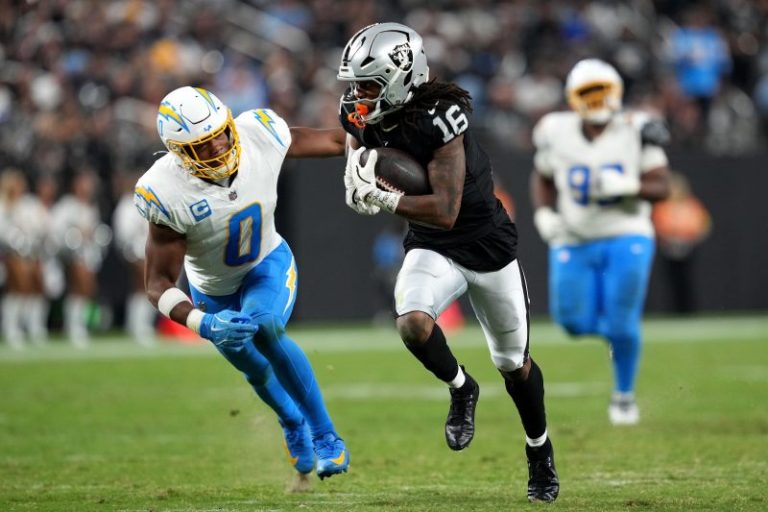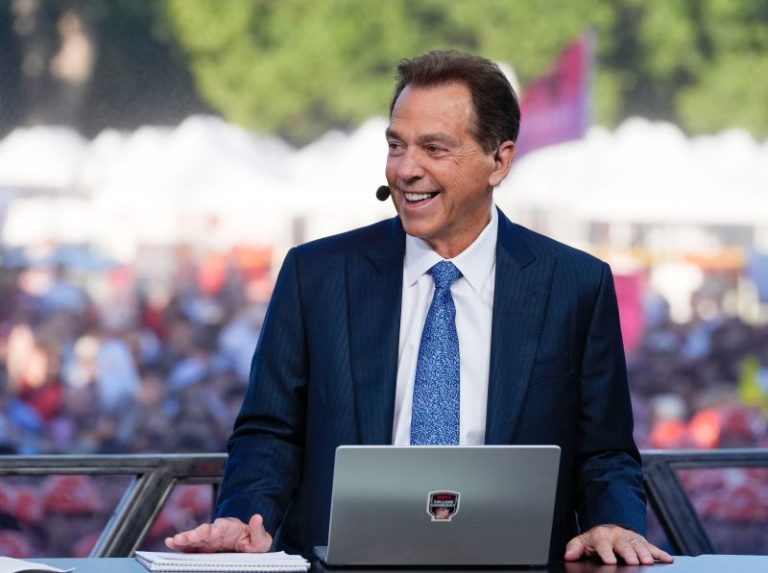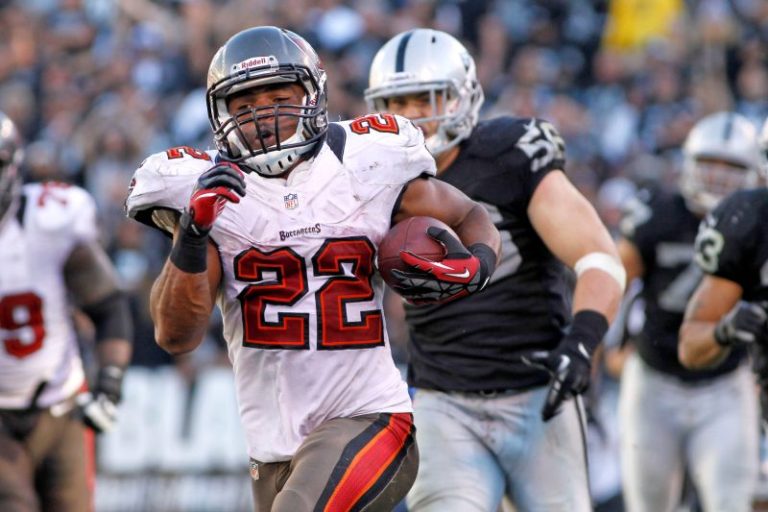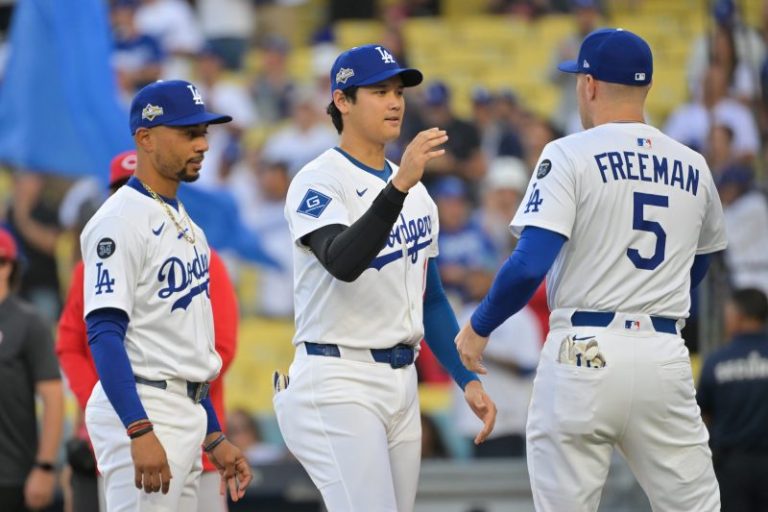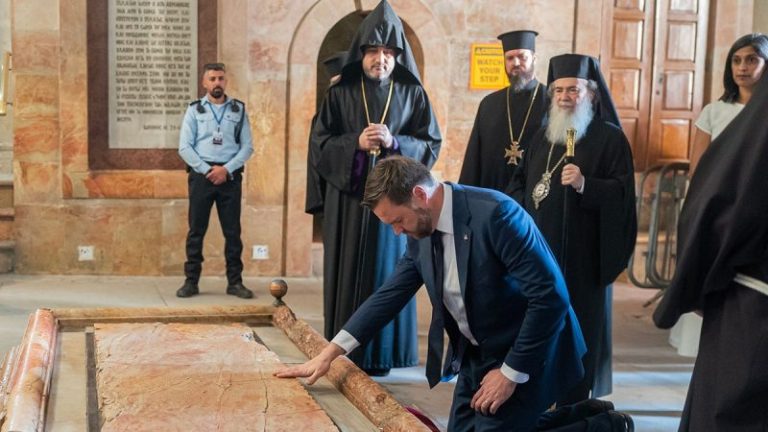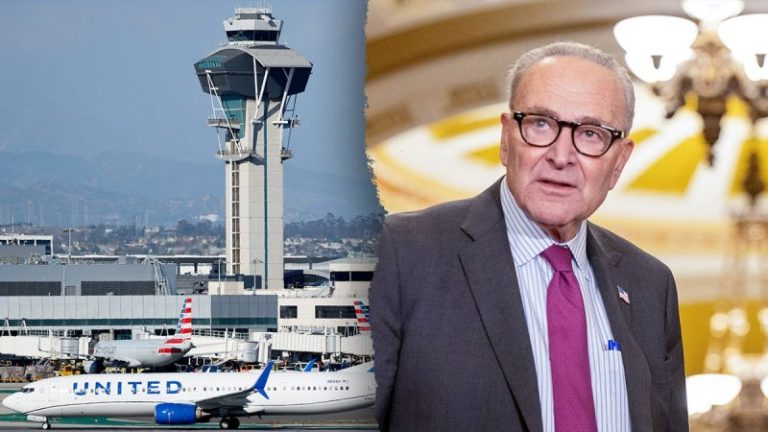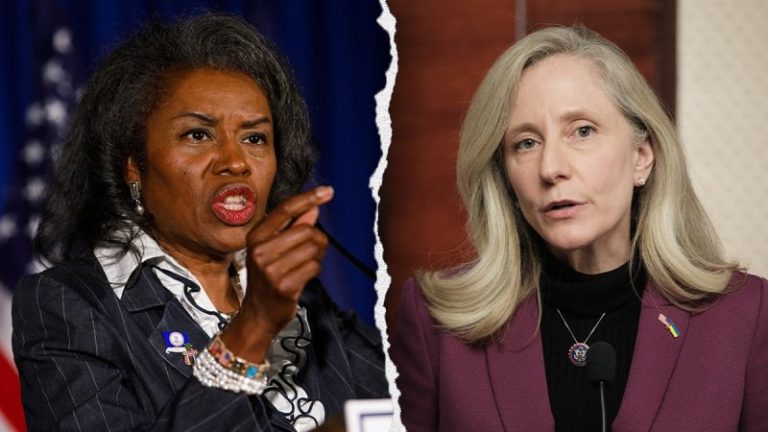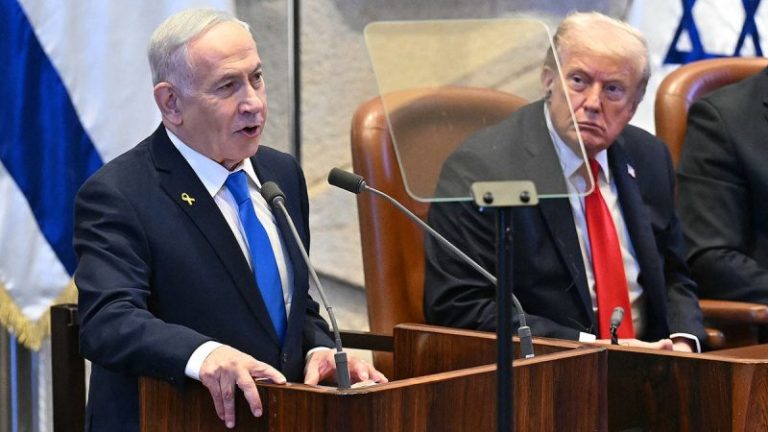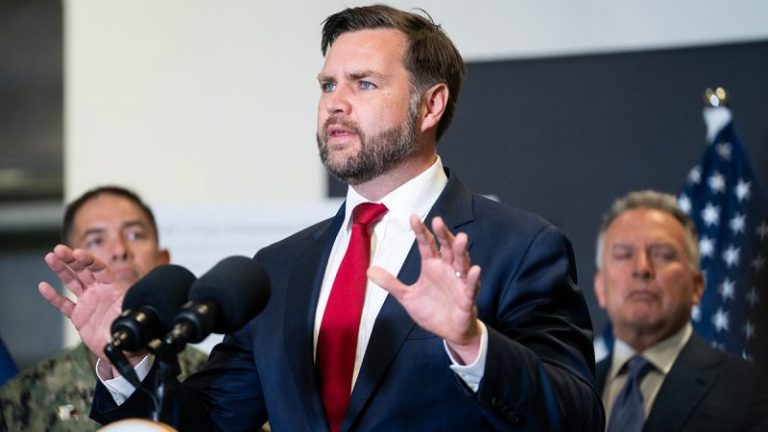The NFL trade deadline is approaching, but there could be a shortage of sellers as well as stars on the trade block.
Chris Olave and Jakobi Meyers rank among the most intriguing options if made available, as the receivers could significantly boost a passing attack.
Jaelan Phillips and Jermaine Johnson could jolt a pass rush, but it’s unclear whether either the struggling Dolphins or Jets would part with a key defensive piece.
With 12 days left until the 2025 NFL trade deadline, the league’s annual cutoff might be defined more by the players that aren’t available than those who are on the market.
A steady early churn of moves has come to a standstill, with no swaps completed in the last two weeks. The action figures to pick back up at some point, but the biggest rumor of the past few days – in which Las Vegas Raiders defensive end Maxx Crosby was linked to the Dallas Cowboys – was summarily shot down by multiple reports. Meanwhile, the resurgent Cincinnati Bengals are shaping up to be a long shot to move reigning NFL sack king Trey Hendrickson, while there appears to be little momentum for marquee figures like Kirk Cousins, Alvin Kamara and Mark Andrews to be sent packing by their respective teams.
So, amid a potential shortage of sellers, which players actually remain in the conversation to be dealt?
Here’s USA TODAY Sports’ ranking of the best players who realistically could be moved ahead of the Nov. 4 trade deadline.
Ranking NFL 2025 trade candidates
1. Chris Olave, WR, New Orleans Saints
He’s peaking at the right time with his first multi-touchdown game in a 98-yard outing against the Chicago Bears. Now, it’s up to the Saints to decide whether they want to focus on locking him down as a key asset for a rebuild or flipping him for draft capital that could accelerate that process. Olave confirmed Sunday that he and the team had been engaged in extension talks since ‘the beginning of the year,’ and it might be a difficult move to deprive first-year coach Kellen Moore of a legitimate weapon at a time when the future of the offense looks to be in flux. Yet even with his four documented concussions in his NFL career, he’s one of just a handful of obtainable players at the deadline capable of altering a team’s offensive fortunes.
2. Jaelan Phillips, DE/OLB, Miami Dolphins
Miami has resisted hitting the panic button despite plenty of early turbulence, and the organization’s steady hand might hold at the trade deadline. But there’s probably a decision to be made here in the coming weeks, and two more losses should prompt some serious self-reflection for a team with vanishingly small odds of reclaiming any relevance this season. While veteran pass rusher Bradley Chubb and speedy wideout Jaylen Waddle might drive some interest, the simplest move for the Dolphins is to open the bidding for Phillips, who’s set to be a free agent in 2026. Even though season-ending injuries in each of the last two campaigns have taken a toll on him, the 6-foot-5, 263-pounder has come on strong in October, notching two sacks and 13 pressures in his last three games.
3. Jermaine Johnson, DE/OLB, New York Jets
His return from an ankle injury that sidelined him for three games coincided with the Jets defense pulling out of a tailspin. It stands to reason that it would be difficult to pry one of the unit’s top performers and established leaders from a regime desperate to grab some sort of toehold amid an 0-7 start. Yet selling off Johnson would give Aaron Glenn and Darren Mougey their best chance before this offseason to reshape Gang Green’s long-term future. Signed at a reasonable rate through 2026, he’d carry special appeal as an impact player at a critical position who would be more than a mere rental.
4. Breece Hall, RB, New York Jets
Glenn last week dismissed rumblings about the Jets potentially shipping out their lead ball carrier, whose importance to a moribund offense is only growing with backup Braelon Allen out for the foreseeable future. Still, that might not mean much in the way of a firm commitment given the way Gang Green’s season is trending. Hall had said he wanted to stick around but seemed more ambivalent last week when he gave something of a non-answer regarding his future. The fourth-year ball carrier is averaging the most yards per game (64) since he became the team’s regular starter in 2023, and he could be an every-down contributor to an offense that has actual hopes of playing deep into January.
5. Jakobi Meyers, WR, Las Vegas Raiders
Before the start of the season, the seventh-year receiver succinctly summed up how his trade request was received by the Raiders: ‘I asked. They said no.’ With Las Vegas stalling out at 2-5 and showing no signs of being even somewhat competitive in the AFC West, it might be time to revisit that stance. Meyers on Tuesday said he ‘for sure’ still wants to be dealt, and the Raiders have plenty of reason to move on from a player in the final year of his deal, with rookies Dont’e Thornton Jr. and Jack Bech figuring to be the future of the receiving corps anyway. Meyers might not be the leading target for a playoff-caliber team in the way he is for the Silver and Black, but he can still help an offense chug along.
6. Riq Woolen, CB, Seattle Seahawks
He’s long been an outlier as a trade block candidate, with the Seahawks standing alone as the only winning team with a player on this list. But there’s no denying that he’s been a bit of an oil-and-water fit in coach Mike Macdonald’s defense. Seattle might not be inclined to toy with a unit that had 12 passes defensed in Monday’s win over the Houston Texans. But the demand for a 6-foot-4, 210-pound playmaker figures to be high, with a number of teams that lean on man coverage sure to be interested.
7. David Njoku, TE, Cleveland Browns
The Browns emerged as a major player on the trade front early in the season, bringing aboard Cam Robinson before dealing away Joe Flacco and executing a cornerback swap with Tyson Campbell coming in for Greg Newsome II. Kevin Stefanski has been a big backer of his ninth-year tight end, saying last week that Njoku ‘is a big part of this football team on and off the field, and the energy that he brings.’ But plans shifted quickly with Flacco once a suitable offer emerged, and who’s to say a similar outcome won’t materialize with Njoku? Cleveland has lived in two-tight-end sets, so breaking up the veteran and standout rookie Harold Fannin Jr. would require a bit of an adjustment. But the Browns have essentially turned the offense over to the rookie class, and Njoku could be an intriguing piece for a more prolific passing attack.
8. Cam Taylor-Britt, CB, Cincinnati Bengals
Even after the cornerback was a surprise healthy scratch in last Thursday’s win over the Pittsburgh Steelers, parting with Taylor-Britt would be a decidedly uncharacteristic move for a franchise known for dragging out conflicts with players rather than seeking clean breaks. Coach Zac Taylor later said he needs to see more consistency from the fourth-year veteran, but both sides might benefit from seeking a different solution. If Cincinnati is amenable to a move, it shouldn’t have trouble drumming up interest in a talented cover man with the straight-line speed and ball skills to deter deep balls.
9. Rashid Shaheed, WR, New Orleans Saints
If the Saints retain Olave, might they part with another speedy receiver in Shaheed? Doing so would certainly align more with the organization’s intent to split the difference between a full-scale teardown and staying the course in the way it did in previous years. The fourth-year pass catcher has a legitimate calling card in his ability to pull away from defenders downfield, so any passing attack in search of a midseason pick-me-up might gravitate toward him.
10. Chig Okonkwo, TE, Tennessee Titans
The reset is on in Tennessee, with Brian Callahan’s firing setting the table for the team to part with other potential figures not deemed essential to the organization’s future. Calvin Ridley is the more high-profile figure in the receiving corps who has been floated as a possibility to be moved, but the potential financial commitment for a player who will turn 31 could tank his market. Okonkwo, who leads the Titans in receptions with 23, would be a more straightforward acquisition as a tight end who can create matchup problems and rack up yards after the catch.
11. Roger McCreary, CB, Tennessee Titans
The former second-round pick has been a mostly reliable coverage presence, albeit not a particularly dynamic one. That profile might be sufficient to catch the eye of a buyer, however, as several contenders have leaks on the back end that need plugging. McCreary, 25, should have broad appeal thanks to his versatility and sure tackling. Tennessee has reason to be active here given that the pending free agent’s place with the team hardly seems settled beyond this year.
12. Arden Key, DE/OLB, Tennessee Titans
Demand always outpaces supply when it comes to edge rushers. That dynamic might be even more heightened at the trade deadline if the likes of Hendrickson, Phillips and Johnson prove untouchable. Key would serve as a possible consolation prize for a contender that would settle for rounding out its pass rush rather than revolutionizing it. He was inactive for the Week 7 loss to the New England Patriots with a thigh injury, but the 6-foot-5, 240-pound pass rusher has shown impressive flashes with his athleticism, even though it hasn’t translated into any form of consistency.

